жЬИжЫЬжЧ•, 9жЬИ 27th, 2010...11:32 AM
Rakugo experience
Reading time: About 4 minutes
Rakugo experienceThe other day, I visited the Shinjuku Suehirotei which is a theater for rakugo, a traditional Japanese verbal entertainment.
Though I have seen rakugo on Television before, this was the first time I saw it live on stage.
Shinjuku Suehirotei is of the four rakgo jouseki in Tokyo. A jouseki is a permanent entertainment hall made especially for rakugo (yose). In Suehirotei, live performance can be seen every day.
This hall is located in Shinkuku 3 Cho-me, just behind H&M. The building stands out because of the difference in its taste with all of the restaurants and casual bars crowding the area. It is the only wood built jouseki in Tokyo, maintaining the traditional old style ambiance of a yose.
A special type of text called yosemoji (moji meaning вАЬlettersвАЭ in Japanese) is used on the banners and sign boards of the building. Yosemoji is characterized by very thick lines tilting upwards on the right side and leaves little blank space around it. It carries a meaning of a wish for a continuous success leaving few empty seats. This special text was named by Ukon Tachibana, and it is also known as Tachibanaryu [Tachibana style] yosemoji. There are also sumomoji for the traditional Japanese sport, and another distinct text called Kanteiryu for kabuki (traditional Japanese play) which appears similar to yosemoji.
This is a pamphlet which is handed out at the entrance. The usage distinct colors and yosemoji gives it a traditional taste.
Suehirotei has seats on two floors. The first floor has both regular seats and zashiki seats which are special types of mattresses usuallymade of weaved hay on which people sit on.
This time, I sat in the zashiki seat in the uwate (the left side facing the stage) of the theater hall.
About 30 percent of the whole space was filled on that day, and most of the people were men.
A new program with different performers and content is introduced on the 10th of each month.
Kamiseki 1st ~10th
Nakaseki 11th~20th
Shimoseki 21st ~ 30th
There are two sessions of rakugo every day; one during the day and another at night. It is possible to sit through both sessions, and seats are basically not designated. Eating and drinking anything other than alcohol is permitted.
Daytime performance: 12pm~4:30pm
Nighttime performance: 5pm~9pm
Entrance fees are 2700 yen per adult. After the break in the night session, fees are discounted to 1800 yen. Prices usually go down around 7:30pm, so it may be better to go later for a quick viewing.
I, too, began watching rakugo after 7:30pm to get in with a discounted fee. I was able to watch six performances. Out of the six, four were rakugo and the other two consisted of an urigoe performance and small stunt.
In a jyouseki like the Suehirotei, you can see performances other than rakugo such as magic tricks, comedy, and paper cutting tricks.
Luckily, I was able to see the rare urigoe. The name of the performer was Shoji Miyata, and he is the only person who does it in Japan. It can rarely be seen nowadays, but there once used to be people who walked around selling goods and collecting those that were unwanted while playing whistles and calling out in a distinct way. They were seen from the Edo period to until about the 40s in the Showa era. Mr. Miyata does this urigoe in a very strong voice.
He did urigoe calling out for goods such as natto (fermented soy beans), ladder, goldfish, and spice. I was intrigued by his voice which allowed me to get a taste of Edo. вАЬNatto natto nattou, misomame!вАЭ
The stunt which followed was a performance using a Japanese umbrella. Objects such as metal hoops were placed and spun on top of the umbrella.
To be honest, rakugo which was the main part of the whole thing was quite difficult to follow. The average age of the customers seemed to have been relatively high, so most of the performances were the old traditional style rakugo which was hard to understand.
The tone of voice and the usage of tools such as Japanese fans during the performance were very interesting.
IвАЩd have to say that for those who do not understand Japanese, it is not easy to follow. Yet, they can still enjoy the atmosphere of the Suehirotei and performances other than rakugo. Watching the movements and gestures while they speak is also entertaining. I think that those who can understand rakugo would be considered to have advanced Japanese skills.
I strongly recommend going to view rakugo, even if it is just during the discount hours.









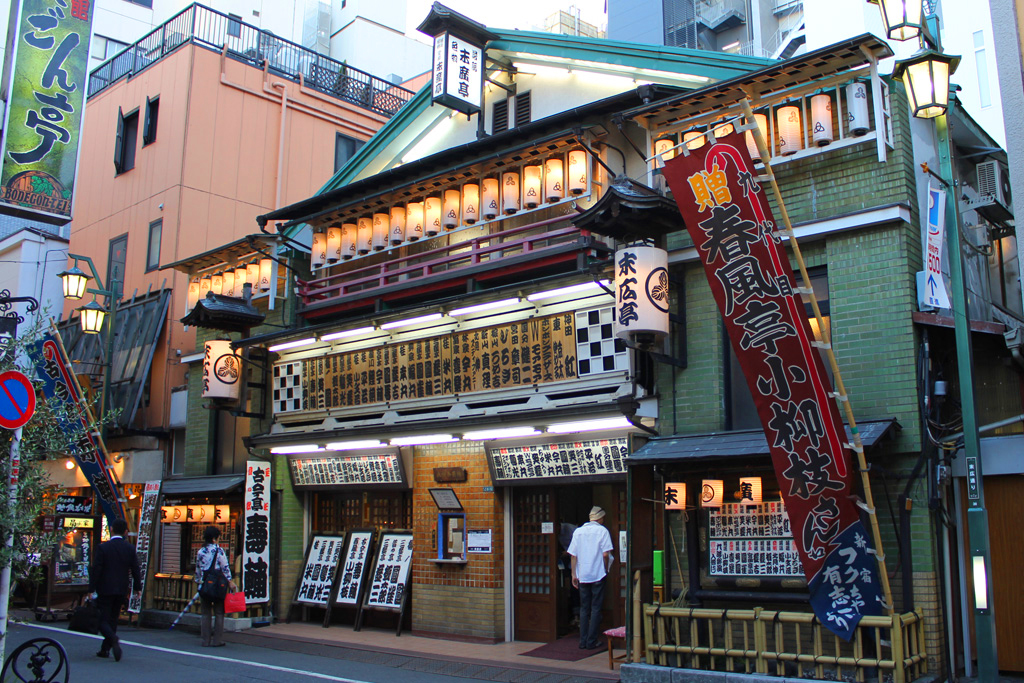
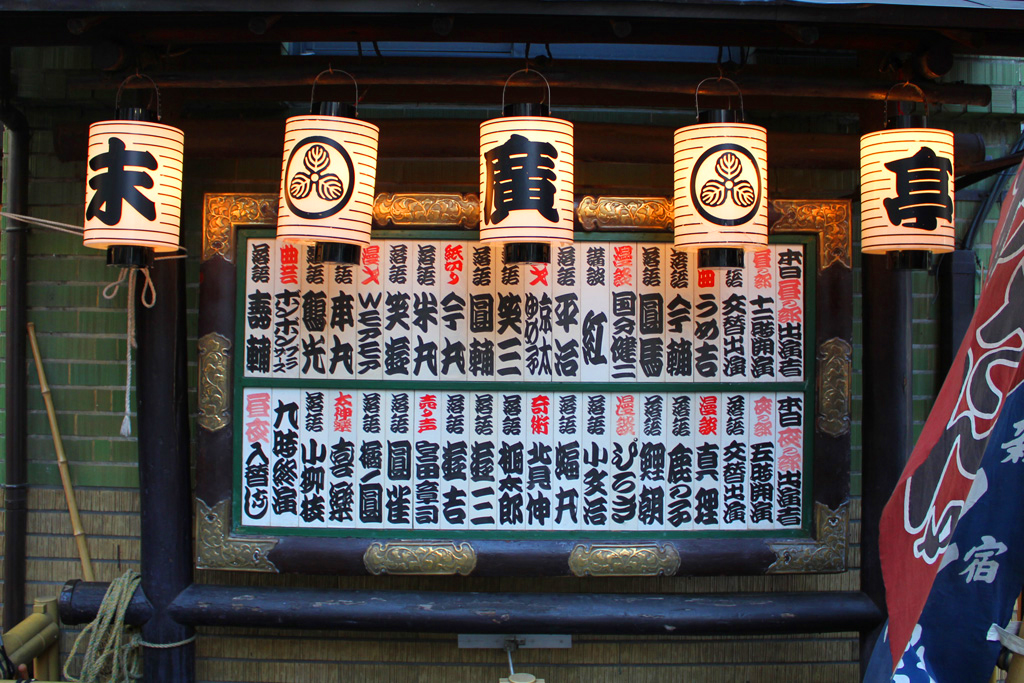
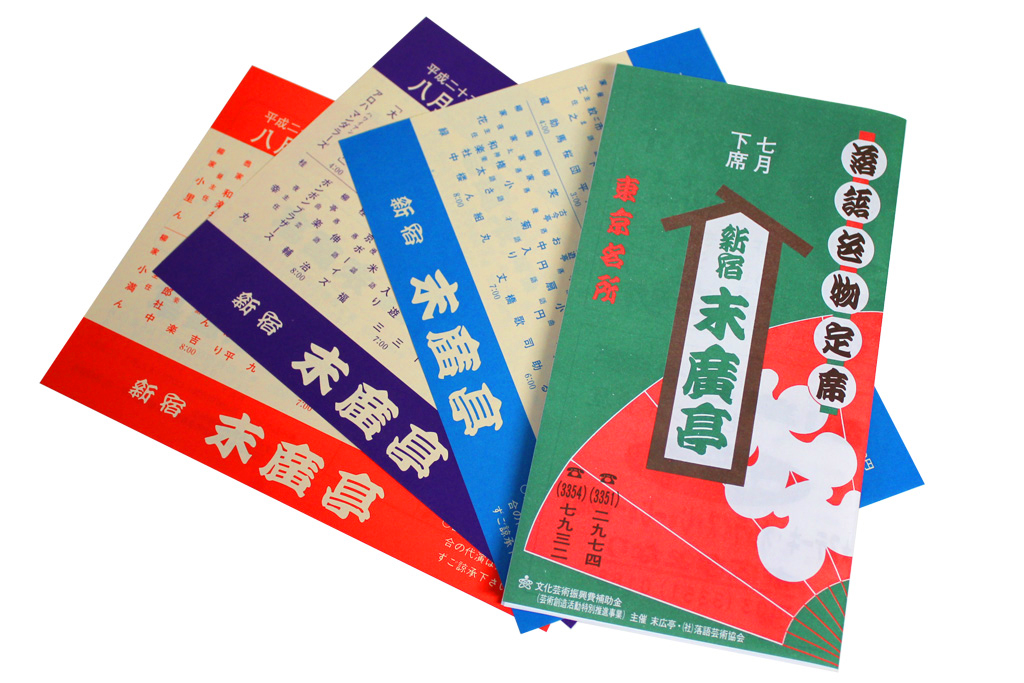
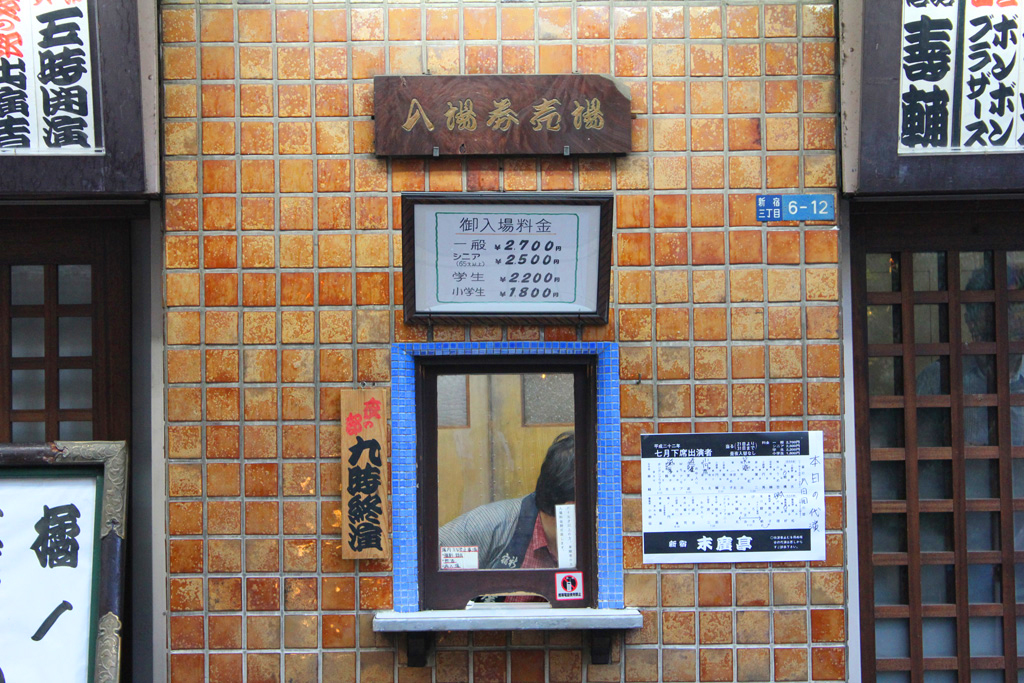
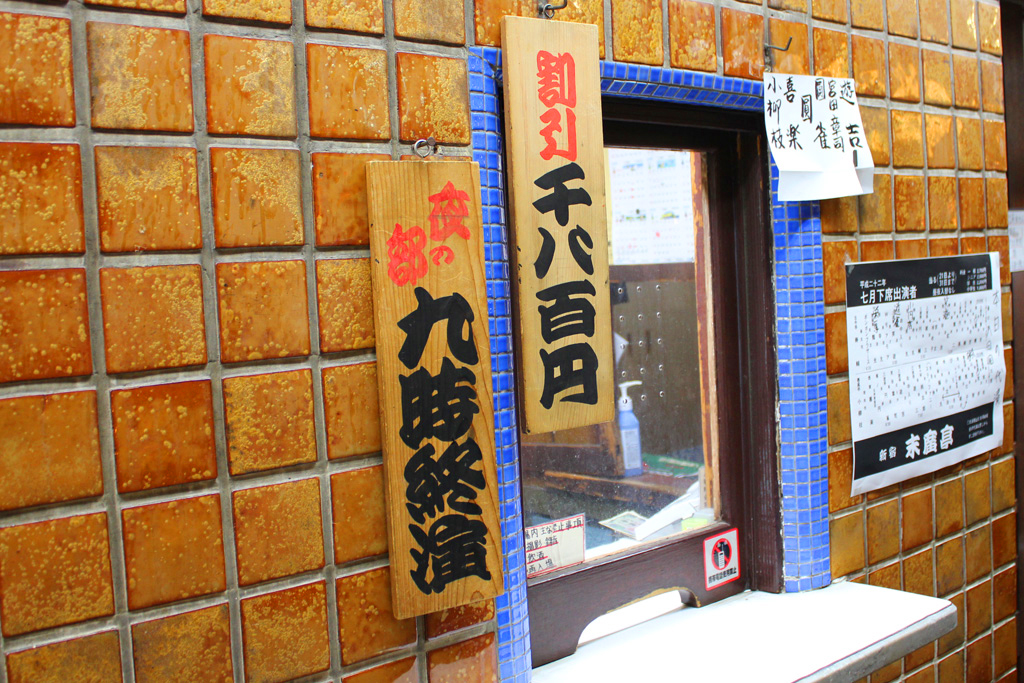
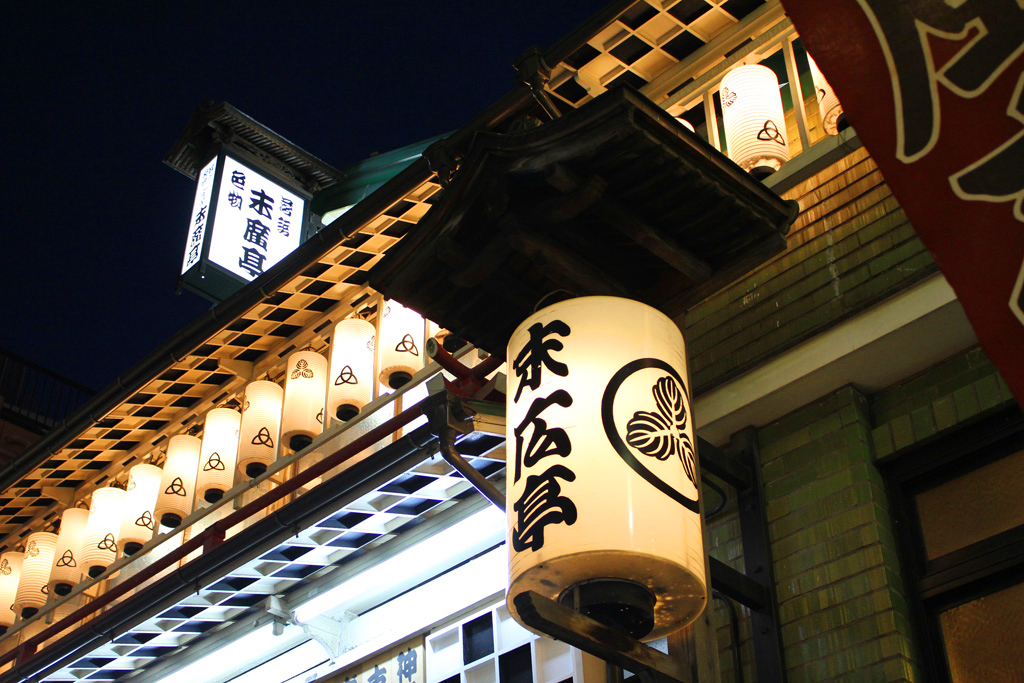











3 Comments
9жЬИ 29th, 2010 at 12:47 AM
It’s a sorta Japanese rat pack? рЯША
9жЬИ 29th, 2010 at 2:47 PM
>JJLuke
This is kind of Japanese old style comedy!
11жЬИ 23rd, 2012 at 7:36 PM
I plan to watch rakugo. Although i can’t understand Japanese language, but it’s interesting to watch a traditional show..
Is it allowed to take a picture or video during the show?
Thanks.. рЯЩВ
Leave a Reply